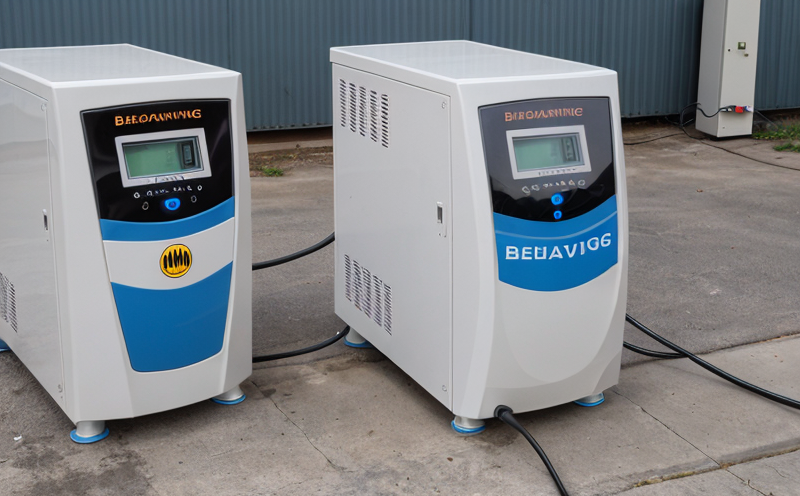ASTM F3146 Charging and Discharging Testing of Lithium-Ion Cells
The ASTM F3146 standard provides a comprehensive framework for the charging and discharging behavior testing of lithium-ion cells. This service is crucial in ensuring the safety, performance, and reliability of energy storage systems used across various sectors such as automotive, electronics, and renewable energy.
Compliance with this standard ensures that manufacturers adhere to strict quality control protocols, which helps prevent potential hazards associated with improper charging or discharging. This service is particularly vital for R&D engineers who need to validate the performance of new cell designs before commercialization.
The ASTM F3146 test protocol involves subjecting lithium-ion cells to controlled charge and discharge cycles under specific conditions defined in the standard. These conditions include voltage limits, current limits, temperature ranges, and cycle counts. The purpose is to evaluate how well the cells can withstand repeated charging and discharging without degrading their capacity or causing safety issues.
The testing process begins with thorough specimen preparation, which includes cleaning the cell contacts, ensuring the integrity of the cell casing, and calibrating all measurement equipment. During each cycle, detailed data is collected on parameters such as voltage, current, temperature, internal resistance, and specific energy. This data provides insights into the cell's performance characteristics.
The ASTM F3146 standard also emphasizes safety considerations, requiring that testing facilities meet certain environmental conditions to prevent accidents. Compliance officers responsible for ensuring regulatory adherence benefit greatly from this service as it helps them stay current with industry standards and best practices.
In addition to the primary test parameters mentioned above, there are several other important aspects of ASTM F3146 charging and discharging testing that should be considered:
- Understanding the thermal behavior of cells during charging and discharging.
- Evaluating the cell's ability to recover from overcharge or overdischarge conditions.
- Assessing the impact of different charge rates on cell performance.
- Monitoring the internal resistance changes over multiple cycles to predict long-term reliability.
Applied Standards
| Standard | Description |
|---|---|
| ASTM F3146-20 | This standard specifies the procedures for charging and discharging lithium-ion cells, including voltage limits, current limits, temperature ranges, and cycle counts. |
| IEC 62660-5 | Apart from ASTM F3146, this international standard provides additional guidelines for the safety aspects of lithium-ion cells during charging and discharging. |
Competitive Advantage and Market Impact
- Enhanced product quality by ensuring adherence to industry standards.
- Increased market competitiveness through improved safety features of products.
- Potential for early adoption of new technologies due to thorough testing protocols.
- Faster time-to-market as a result of validated test results that meet regulatory requirements.
Use Cases and Application Examples
- In automotive manufacturing, ensuring the reliability of battery packs before vehicle release.
- In consumer electronics, validating the performance of portable devices such as smartphones and laptops.
- In renewable energy installations, assessing the efficiency and longevity of storage solutions for solar and wind farms.





